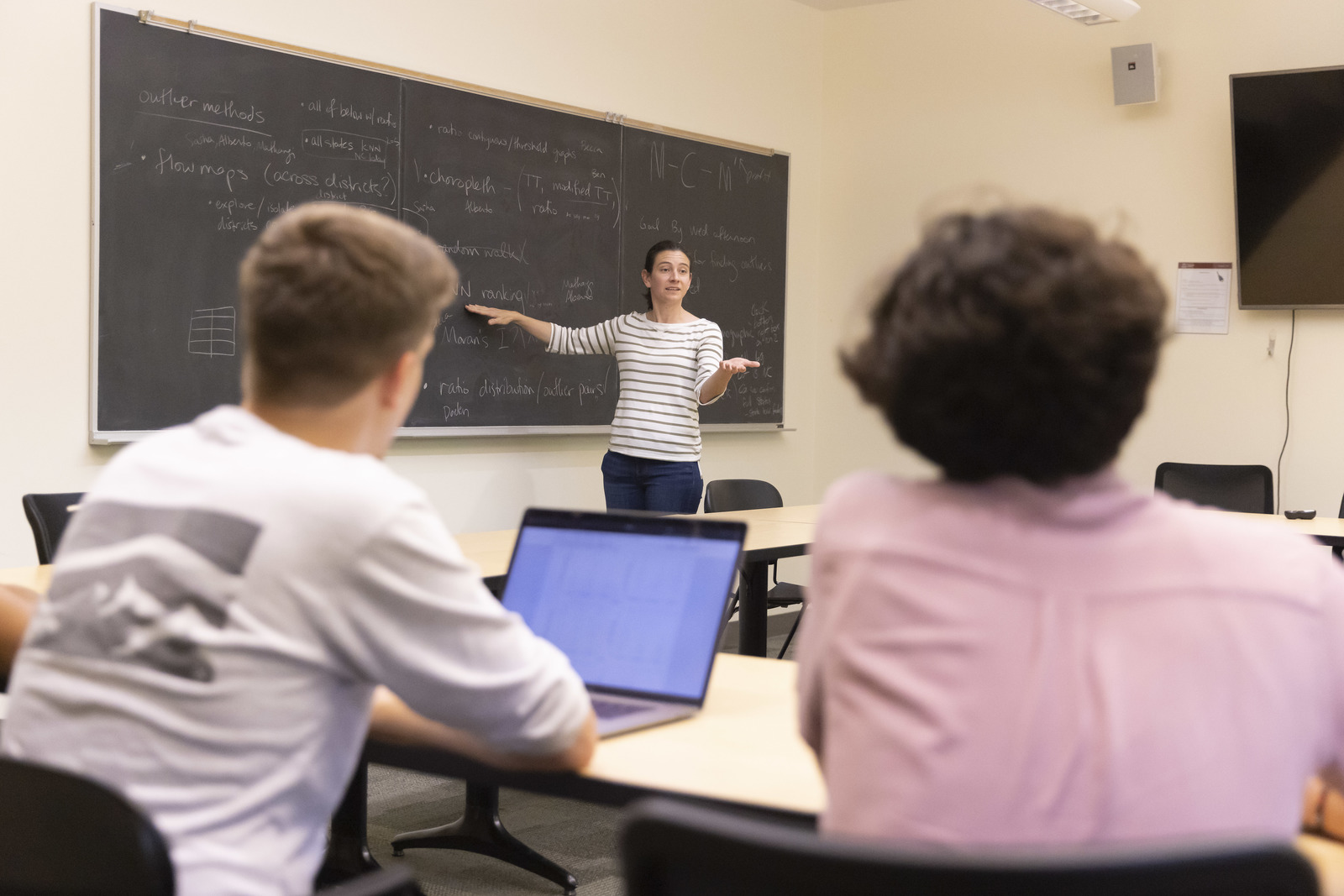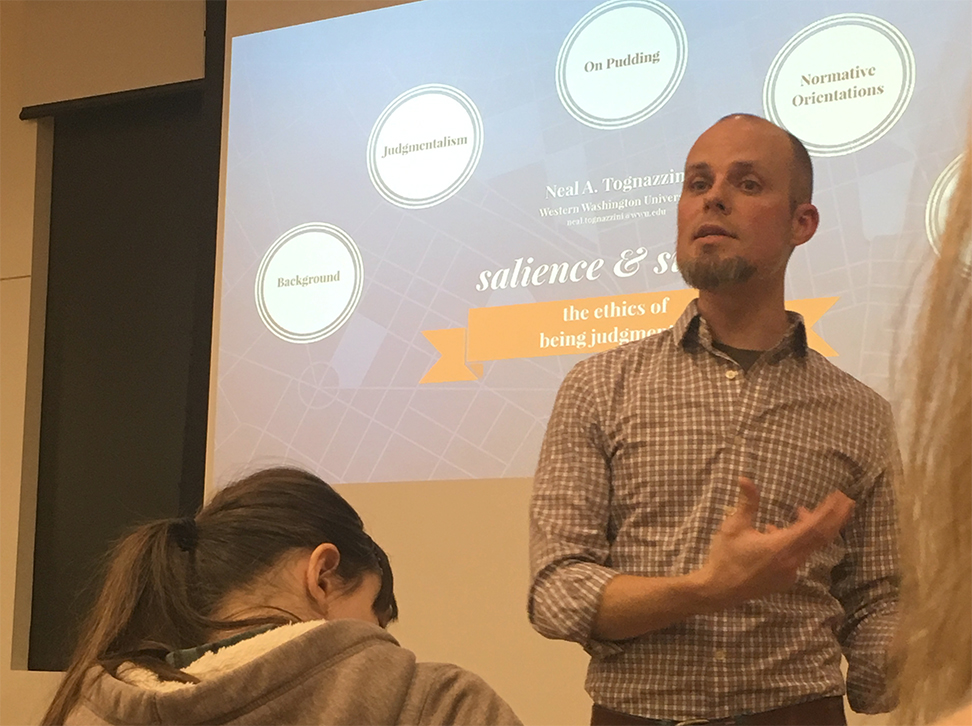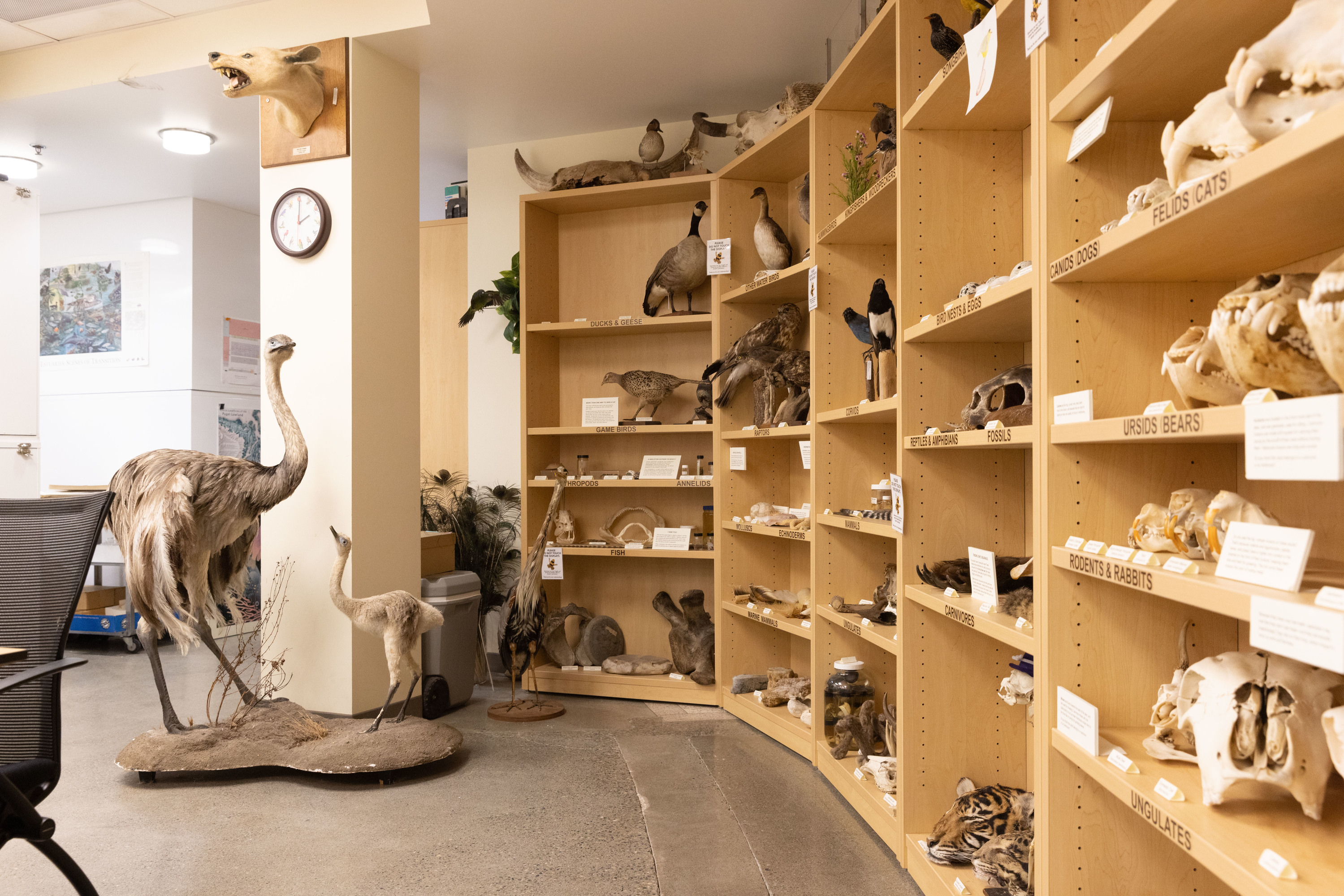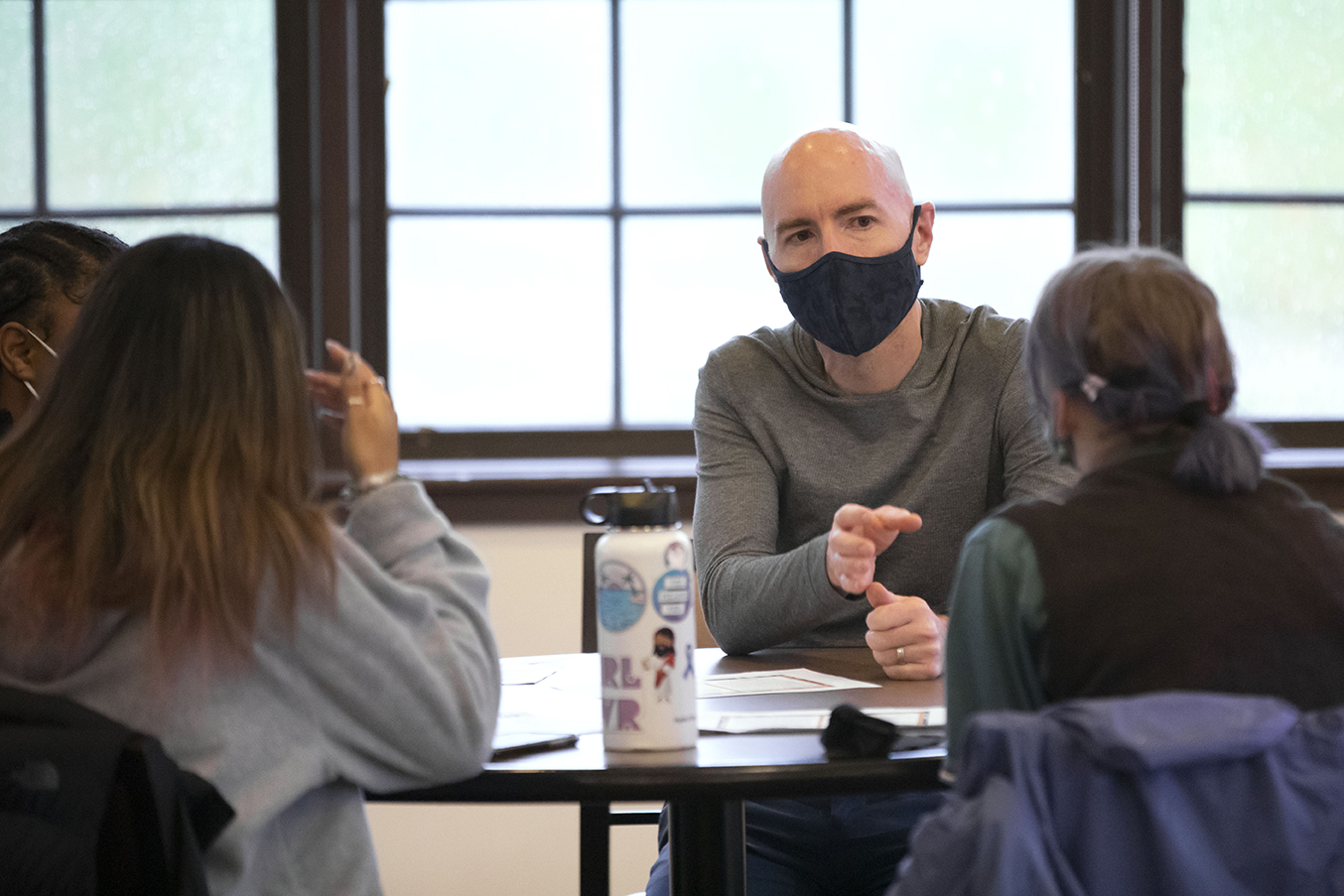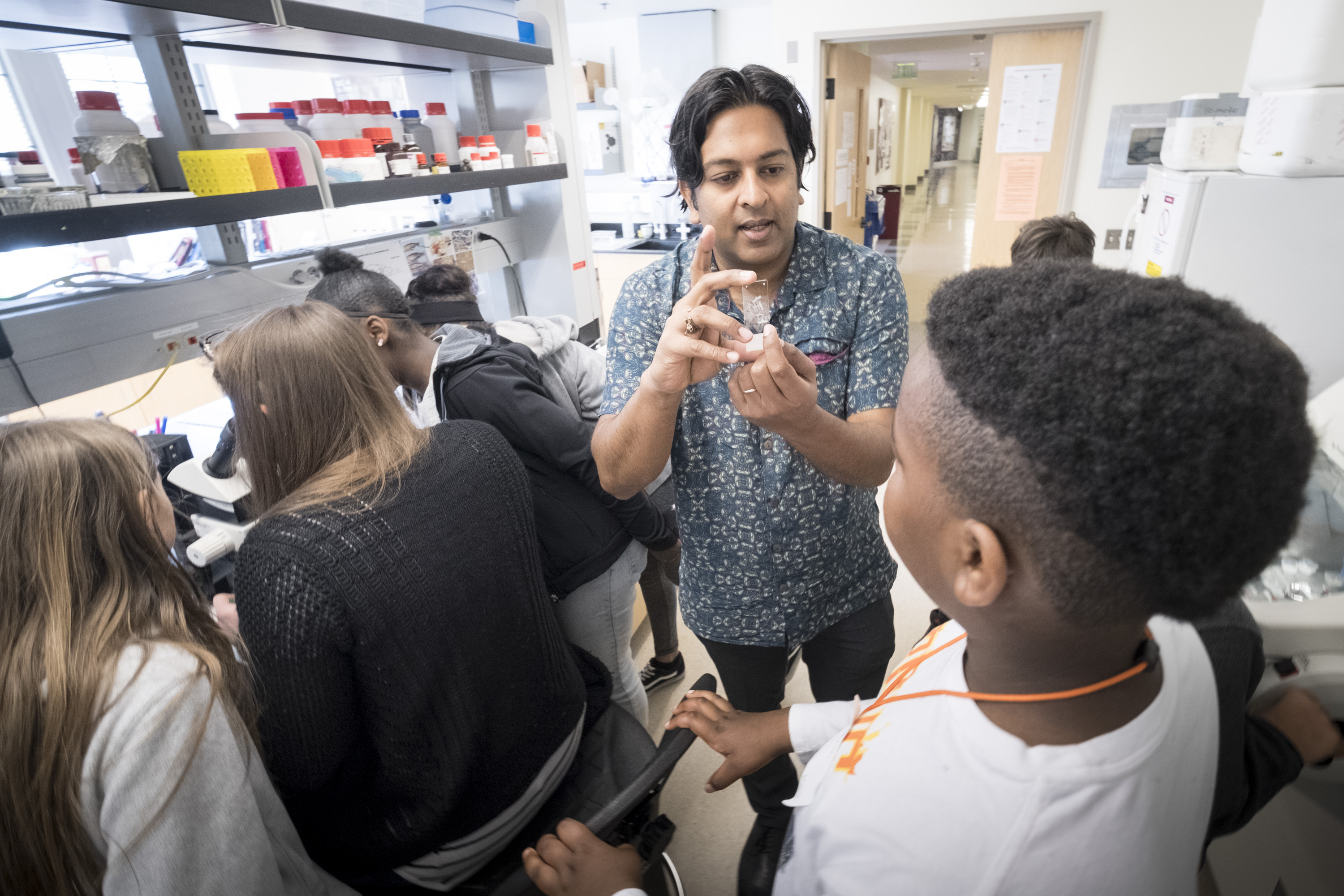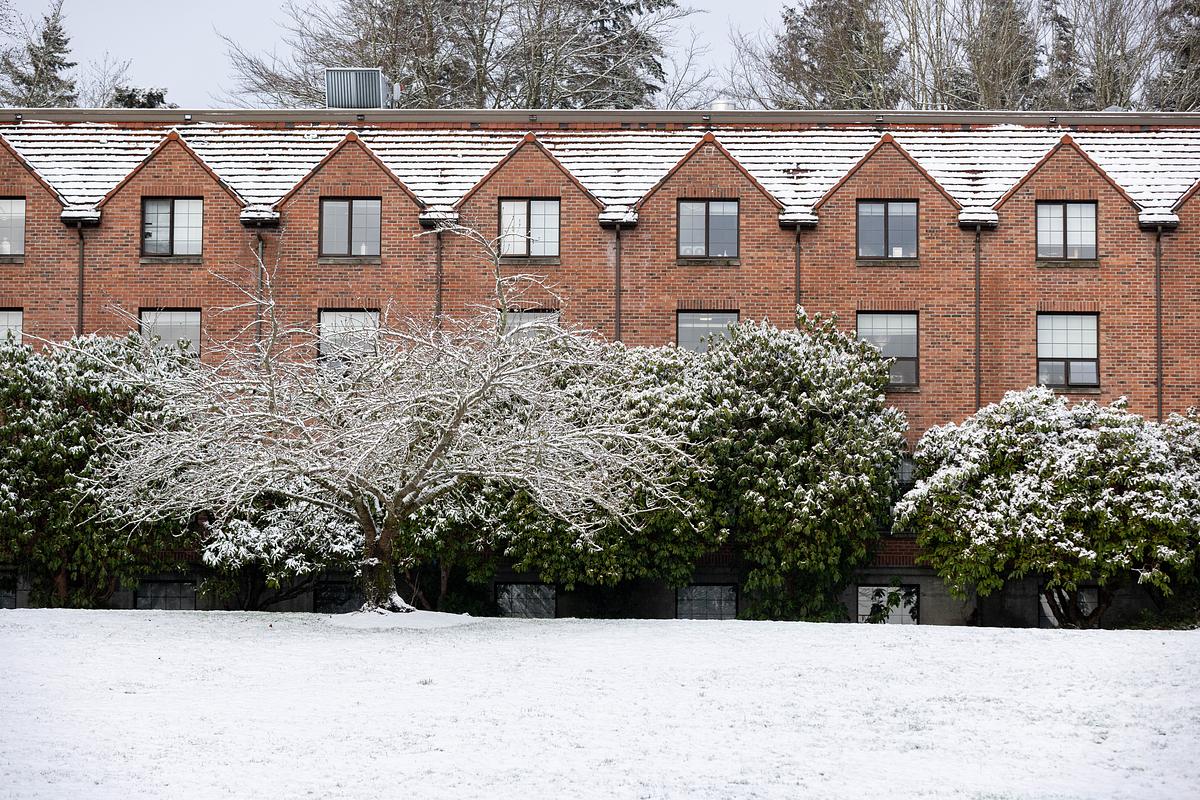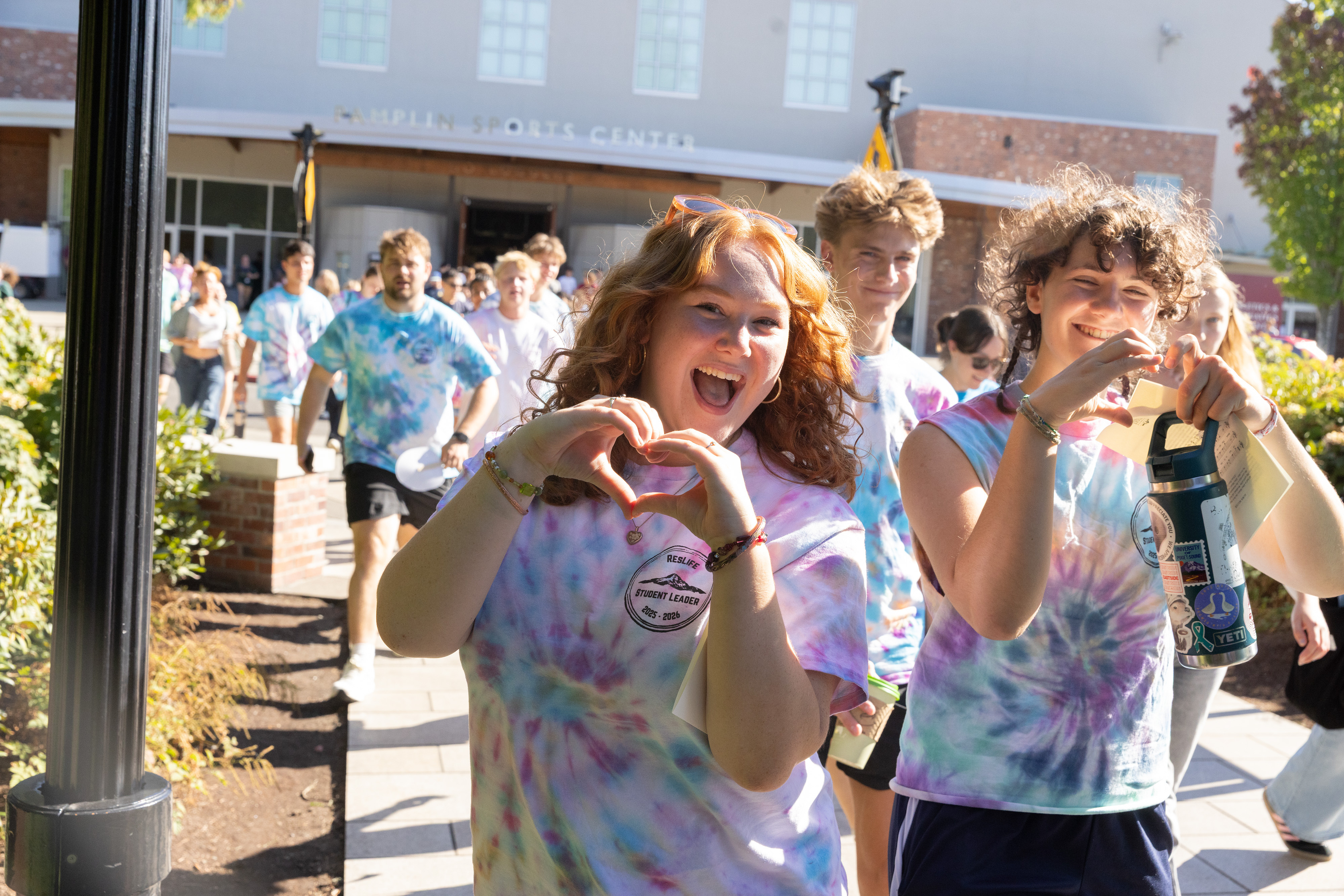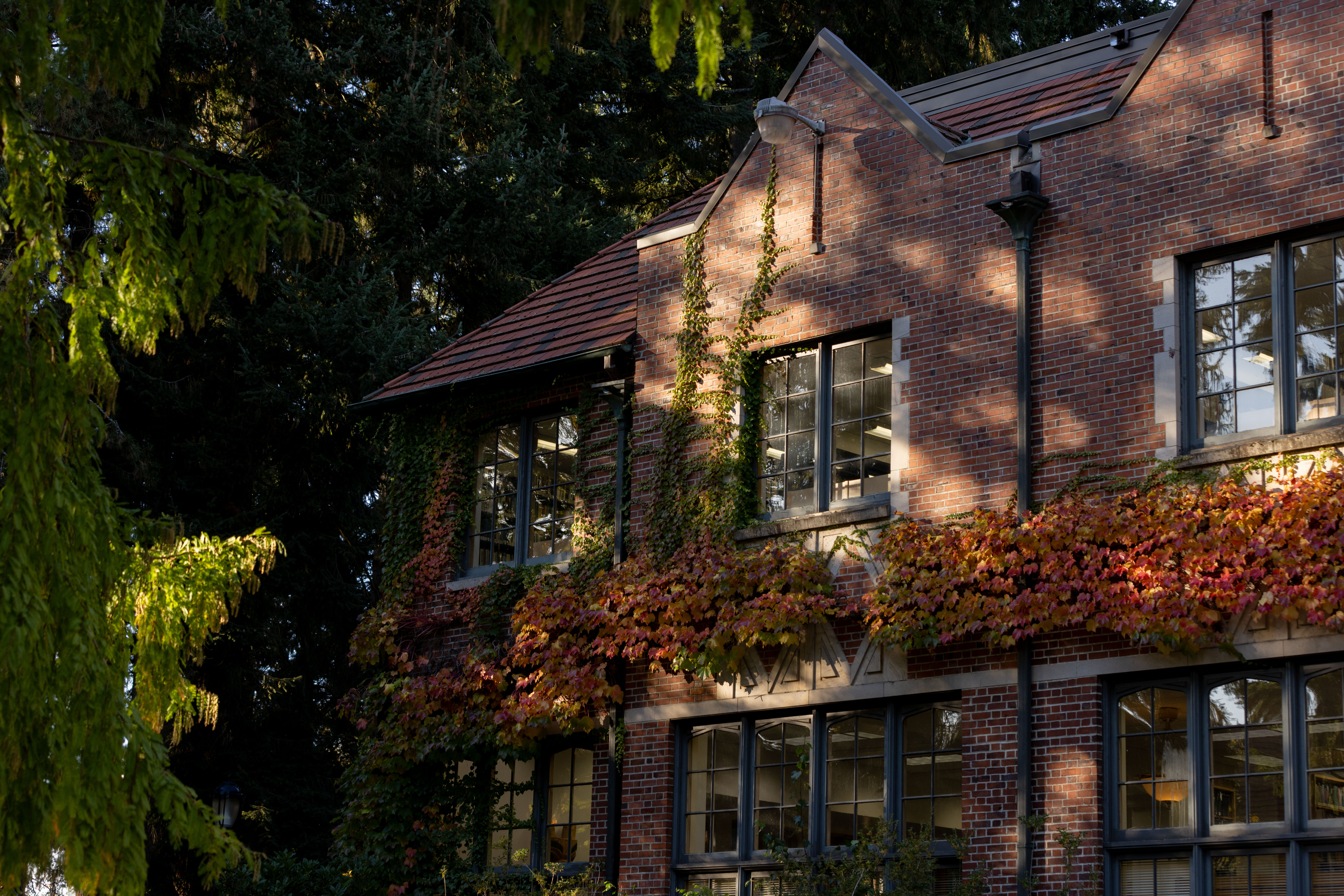Associate Professor Courtney Thatcher and her research team received funding from the National Science Foundation
In 2019, as the federal government began preparations for the 2020 U.S. Census, Associate Professor of Mathematics and Computer Science Courtney Thatcher was doing a lot of thinking about the problem of redistricting. Every 10 years, population data from the census is used by states to redraw election maps. In theory, this redistricting process ensures that there are the same number of people in each district, giving them equal representation in Congress. In practice, this process is often mired in partisan attempts to gerrymander districts to benefit one political party. Thatcher figured there had to be better ways to think about drawing district maps, so she decided to look for them.
“There are lots of ways to think about redistricting,” Thatcher says. “In recent years, policymakers have turned to statistics, machine learning, and data science to make districts using algorithms. That’s one way to do it, but without taking in the geographical, social, and political context, you’re really missing the point.”
